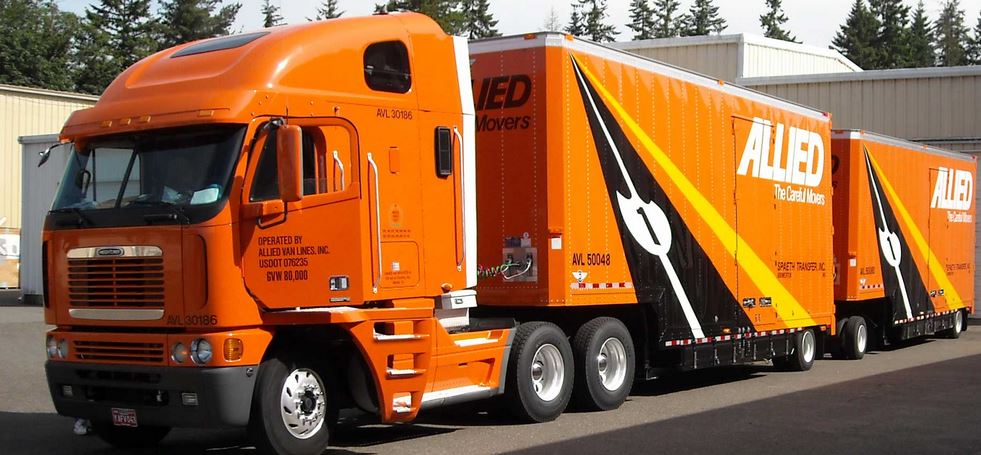Podcast: Play in new window | Download
Subscribe: RSS
Your Super Bowl match-up is now complete. The #4 seeds from the AFC and NFC will square-off in two weeks for professional football’s big prize.
The AFC champion Cincinnati Bengals are already listed as a 3-point underdog for this game. Why not? This team relishes that role and then proudly saying “I told you so” afterwards.

The opponent will be the NFC champion Los Angeles Rams who will play in their home stadium for this contest. Actually, this is the second straight year where the season finale is being played on the home football field of one of the two participants.
For 54 years, this oddity never happened, but we’re now two-for-two during this equally odd COVID era.
Though both of these teams are #4 seeds, the Cincinnati Bengals seem to have become American’s Underdogs during the past month. The Rams? Not so much.
Let’s face it. Cincinnati (which was 2-14 two years ago and only 4-11-1 last season) was expected to be more competitive this year after second-year quarterback Joe Burrow recovered from last year’s knee surgery. The team had a growing stable of talented pass receivers for Joe Cool to throw to this season.
For Cincinnati to win the usually-tough AFC North (with perennial contenders in Pittsburgh and Baltimore and Cleveland showing improvement in recent years), the Bengals not the betting favorites to start this season to even win their own division.
Coming into this season, the Bengals were considered the fourth least-likely team to win the Super Bowl (ahead of only Jacksonville, Detroit, and Houston). Ouch.
Just 0.8% of the betting money was favoring Cincinnati in early September. Meanwhile, the wagering public established the Los Angeles Rams as the seventh most likely winner (behind heavy favorites Kansas City, Tampa Bay, Buffalo, Green Bay, Baltimore, and San Francisco) attracting 6.8% of the bets to win it all.
The Rams have gone “all in” this season in an effort to get back to the Super Bowl. The team has been leveraging their long-term future in order to make a championship run. This past year, the team made a deal to bring Detroit quarterback Mathew Stafford to Los Angeles. In mid-season, the Rams brought veteran Denver Broncos linebacker Von Miller to fortify the defensive pass rush.
The Rams’ free agency wheeling and dealing came at the expense of several future draft picks. The team won’t have another first round draft pick until 2024.
For this year’s Los Angeles Rams, it’s “Win now… or else!”
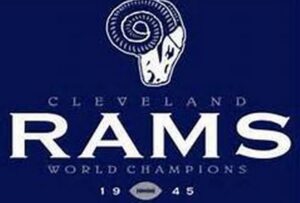
In researching this story, I learned that the Rams actually began playing NFL football in Cleveland in the late 1930’s. Ironically, they won the 1945 NFL championship as the Cleveland Rams and then packed their bags and moved to LA.
From 1946 through 1994, the Los Angeles Rams had a fair amount of success on the field but won the NFL championship just one additional time (1951 – against, ironically, Cleveland’s new team called the Browns).
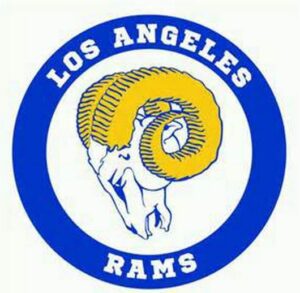
Beginning with the 1960’s Super Bowl era, the Rams have never won the Super Bowl while the team has been located in the Los Angeles market.
Upon moving to town in 1946, the team played football in the antiquated and cavernous Los Angeles Memorial Coliseum (constructed in 1923 and a key part of the city’s hosting of the 1932 Olympic Games). The LA Coliseum was a huge facility (over 100,000 seats) which looked empty when half filled. The Rams ownership tried for years to get the city to partner on a newer stadium for the football team.
In 1980, the Rams NFL team opted to relocate into Anaheim’s baseball facility (built in 1966 for the Angels). Though the Rams still struggled to sell-out home football games in the smaller 60,000 seat Anaheim Stadium, the football team’s ownership continued to plead with local governmental officials to build a new football facility for the franchise located America’s second largest city.
In 1995, the Los Angeles Rams opted out. They loaded up the trucks and moved to Missouri to become the St. Louis Rams (the #18 television market in America).
Doesn’t this sound a bit familiar, Houston?
Just two years later, the “Luv ya, Blue” Houston Oilers would also relocate to become the Tennessee Titans in 1997 after Houston’s team owner tired of working an acceptable deal for a new football stadium to be built utilizing a sizable contribution of local taxpayers’ money.
Back to the Rams, the football fans in St. Louis (still reeling from the loss of their long-time NFL Cardinals franchise which left town for Arizona in 1988) rejoiced in 1995 to have another NFL team in the city. The new St. Louis Rams played NFL football in the recently-constructed indoor Edward Jones Dome (with a football capacity of 67,000 fans). The stadium’s capacity would become an issue later.
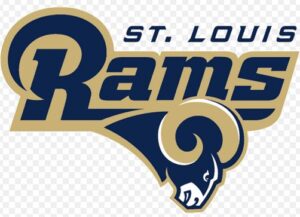
The Rams of St. Louis had great success on the field for the first ten years and won the franchise’ only Super Bowl following the 1999 season (in a bit of irony, the losing team that season was none other than the Tennessee Titans).
That St. Louis Rams football team was given the nickname, “The Greatest Show on Turf”, as undrafted free agent quarterback Kurt Warner led a prolific high-scoring passing offense for several years. The St. Louis Rams would return for a Super Bowl encore just two years later only to lose to a young New England team led by some guy named Tom Brady.
While the football team was in St. Louis, the long-time owners of the Rams franchise (the Rosenbloom family) eventually sold out to businessman Stan Kroenke (who was married to Ann Walton – a recent heir to the WalMart businesses). At the time, Kroenke already owned the NBA’s Denver Nuggets and NHL Colorado Avalanche teams.
Sadly, the second decade of the Rams on-field performance in St. Louis was downright ugly. The Rams failed to make the playoffs for eleven consecutive years beginning in 2005 and home attendance started to slip.
That’s when the Rams’ new owner played his “Gotcha” card.

Stan Kroenke held an “escape” clause in his contract lease with the St. Louis arena where the Rams played. If the team’s stadium was no longer considered to be in the “top tier of NFL stadiums”, he could end the lease and relocate the team. Though the city of St. Louis scrambled to present a new football stadium option to keep the NFL team in town, Stan Kroenke won enough votes from his fellow NFL owners to move the Rams football team back to Los Angeles (the #2 TV market) starting with the 2016 season.
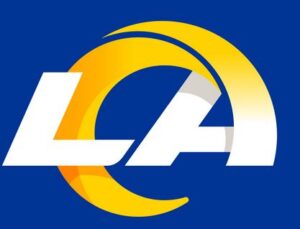
Needless to say, the football fans in the St. Louis market were not very happy about losing their second pro football team to western cities (first Phoenix with the Cardinals and now Los Angeles with the Rams) over a thirty year span.
I’m pretty sure that there will be a lot of St. Louis football fans rooting for Cincinnati in the coming Super Bowl game.
As part of being allowed to the move the Rams back to Los Angeles, sole owner Stan Kroenke had the good fortune of being able to partner with the former San Diego Chargers on a new shared football facility. Yes, the longtime San Diego Chargers became yet another NFL team willing to play the “I’ll move my football team if you don’t build a new football stadium for me” card.
Yes, they moved to Los Angeles, too.
The Chargers ownership decided to pull-up stakes and become the second Los Angeles market NFL franchise in 2017. Rams owner Stan Kroenke worked a deal to share his new $5 billion indoor football stadium with the Chargers as the new So-Fi Stadium opened in the fall of 2020. Constructed utilizing private financing, the stadium is currently the most expensive sports facility ever built.
With an owner willing to spend so much money to make a splashy return back into the Los Angeles sports market, the “new” Los Angeles Rams football team has performed quite well. They have a bright young football coach (Sean McVay) and, in less than two weeks, will have a chance to win the team’s first Super Bowl in Los Angeles as the game will be played in their own home stadium (just like Tom Brady’s Buccaneers did last season for the Super Bowl held in Tampa).
All that stands in their way now are those pesky “Who Dey?” Cincinnati Bengals from the AFC.
The Los Angeles Rams may be a 3-point favorite playing at home in the Super Bowl, but don’t be surprised to learn that the majority of states in America will be pulling for that small market underdog team from Cincinnati.
It’s Hollywood’s team vs. Middle America’s team. Perfect for 2022!

